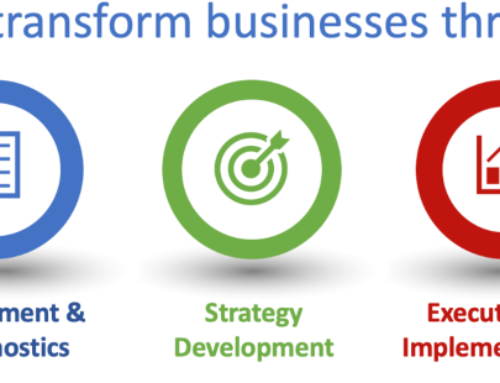The pressure on the management teams of consumer businesses to enter new channels of distribution is overwhelming. Going “Omni-Channel” is the strategy of the day, being touted as the only path to survival, let alone successful growth or market dominance. May be, but there is reason to carefully study the success stories before jumping on the bandwagon and especially before investing heavily in the development of the new channels. In reviewing examples of omni-channel success, it is apparent that the most important factor to consider when making channel expansion decisions is the power of the company’s brand.
In 2000, our consulting firm conducted a consumer survey for a women’s apparel company. The peer group to which our client was compared included Ann Taylor. Questions asked in the survey allowed us to identify the respondent’s favorite store. One of the subsequent questions asked the respondent what percentage of purchases from her favorite store were made on company’s website. The respondents whose favorite store was Ann Taylor indicated that approximately 15% of their purchases from Ann Taylor were being made online. Big surprise!! At the time Ann Taylor had an “information only” website up and no purchases whatsoever could be made from the site. The customers surveyed were strong Ann Taylor loyalists and they were online shoppers at other sites. Therefore, they simply assumed they must be buying online from Ann Taylor. While the finding was interesting and even mildly amusing, it foretold the instant success the brand enjoyed when it did launch ecommerce. The customer was ready and waiting and little to no marketing was required to drive customers to the site compared with what is required for unknown brands.
Other well known brands have enjoyed the same benefit from the brand awareness in their core channel when migrating to the web or to other more creative channels of distribution. Imagine Macy’s.com achieving the success it enjoys online without the benefit of its dominance of the brick and mortar department store sector, or Victoria’s Secret without the power of its physical stores. Brands whose roots are in wholesale distribution have experienced the same instant success when launching ecommerce as exemplified by brands such as Tory Burch, Nike, and Michael Kors, etc.
Now, we are seeing a new chapter in the omni-channel story as powerful online brands launch brick and mortar stores. Imagine the likelihood of success for an unknown optical store or a men’s clothing store opening its first store in very expensive Soho real estate. I’d say 10% at best. On the other hand, Warby-Parker and Bonobos open stores there and have instantly drawn overwhelming customer traffic to their new brick and mortar channels. The same has been true for even more complex online businesses like Rent the Runway. Once again, the power of the brand in its core channel has generated immediate success in the new channel.
So, why the caution when investing in new channels? The simple answer is that it is not the power of the new channel itself that underwrites success, but instead, it’s the power of the brand in its core channel which drives the consumer to explore and potentially shop in the new channel. So, small, relatively unknown brands, who are smitten with the success being enjoyed by the larger brands as they expand their channels, would be wise to think long and hard prior to major investments in channel expansion. Without established brand power, success in the new channels may require substantial marketing expenditures to attract consumers and ultimately these costs can undermine the profitability of the channel. The marketing dollars may be better spent building the power of the brand in current channels in order to avoid substantial operating losses in the new channel. This strategy may ultimately underwrite success when later launching the new channels with the benefit of their version of the brand power being exploited by the big brands. Just food for thought.
Bob Grayson
Founder
The Grayson Company





